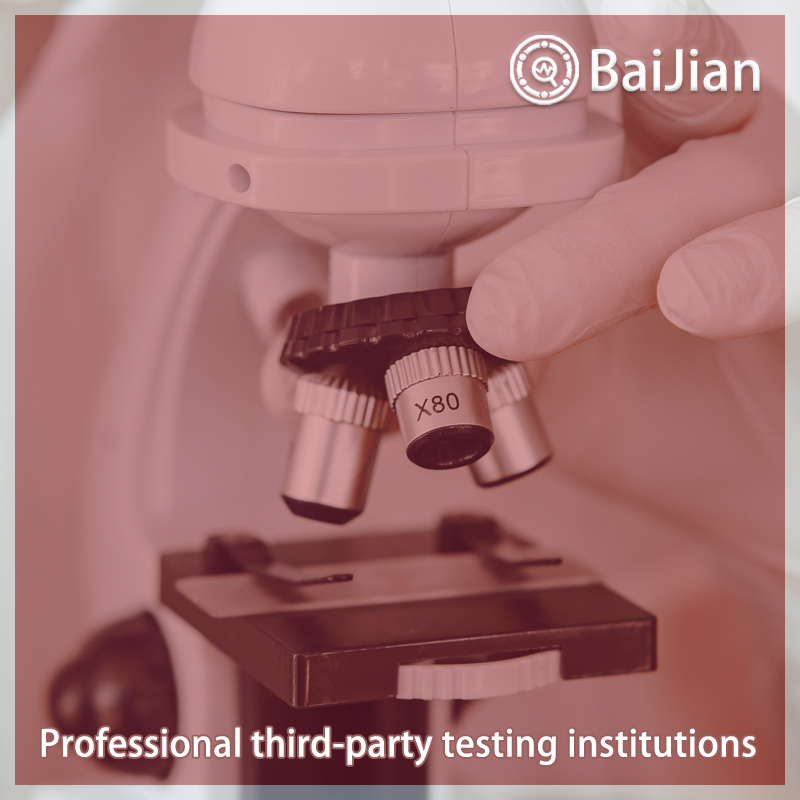
When conducting preventive tests, it is generally advisable to conduct a visual inspection first, followed by a mechanical test, and finally an electrical test. Electrical tests shall be conducted in accordance with the requirements of GB/T 16927.1. When conducting the test, the sample should be dry and clean. The test can only be conducted after the temperature of the sample reaches the ambient temperature. Outdoor tests should be conducted in good weather, and the relative humidity of the air should generally not exceed 80%. During the test, the temperature, humidity, and air pressure of the test environment should be measured and recorded. Live working tools, devices, and equipment with AC voltage levels of 220kV and below shall undergo a 1-minute AC withstand voltage test. Live working tools, devices, and equipment with AC voltage levels of 330kV and above shall undergo a 3-minute AC withstand voltage test and an operational impulse withstand voltage test. The AC withstand voltage test values of live working tools, devices, and equipment with non-standard voltage levels can be calculated using the insertion method according to the adjacent voltage levels specified in this regulation. DC live working tools, devices, and equipment shall undergo a 3-minute DC withstand voltage test and an operational impulse withstand voltage test. When conducting DC withstand voltage tests, negative polarity wiring should be used. During the operation impulse withstand voltage test, a positive polarity impulse voltage with a waveform of 250/2500us should be applied to the test object 15 times. Live working tools, devices, and equipment that have passed preventive testing should be labeled with a test qualification mark in a prominent position, which should include information such as inspection cycle and date. The style and requirements of the mark are shown in Appendix A. When implementing this regulation, on-site regulations for the local area or unit can be formulated based on specific circumstances. When encountering special circumstances that require changes to the test items, cycles, or requirements, the chief engineer or responsible leader of the unit shall review and approve them before implementation
Function of testing report:
1. Project bidding: Issue authoritative third-party CMA/CNAS qualification report
2. Online e-commerce platform entry: Quality inspection report recognized by major e-commerce platforms 3. Used as a sales report: issuing legally effective testing reports to make consumers more confident 4. Papers and research: Provide professional personalized testing needs 5. Judicial services: providing scientific, fair, and accurate testing data 6. Industrial problem diagnosis: Verify the troubleshooting and correction of industrial production problemsBaijian and testing process:
1. Telephone communication and confirmation of requirements
2. Recommend solutions and confirm quotations 3. Mail samples and arrange testing 4. Progress tracking and result feedback 5. Provide reports and after-sales service 6. If urgent or priority processing is requiredTesting and testing characteristics:
1. The testing industry is fully covered, meeting different testing needs
2. Fully cover the laboratory and allocate localized testing nearby3. Engineers provide one-on-one services to make testing more accurate
4. Free initial testing, with no testing fees charged
5. Self service order delivery for free on-site sampling
6. Short cycle, low cost, and attentive service 7. Possess authoritative qualifications such as CMA, CNAS, CAL, etc 8. The testing report is authoritative and effective, and is generally used in China